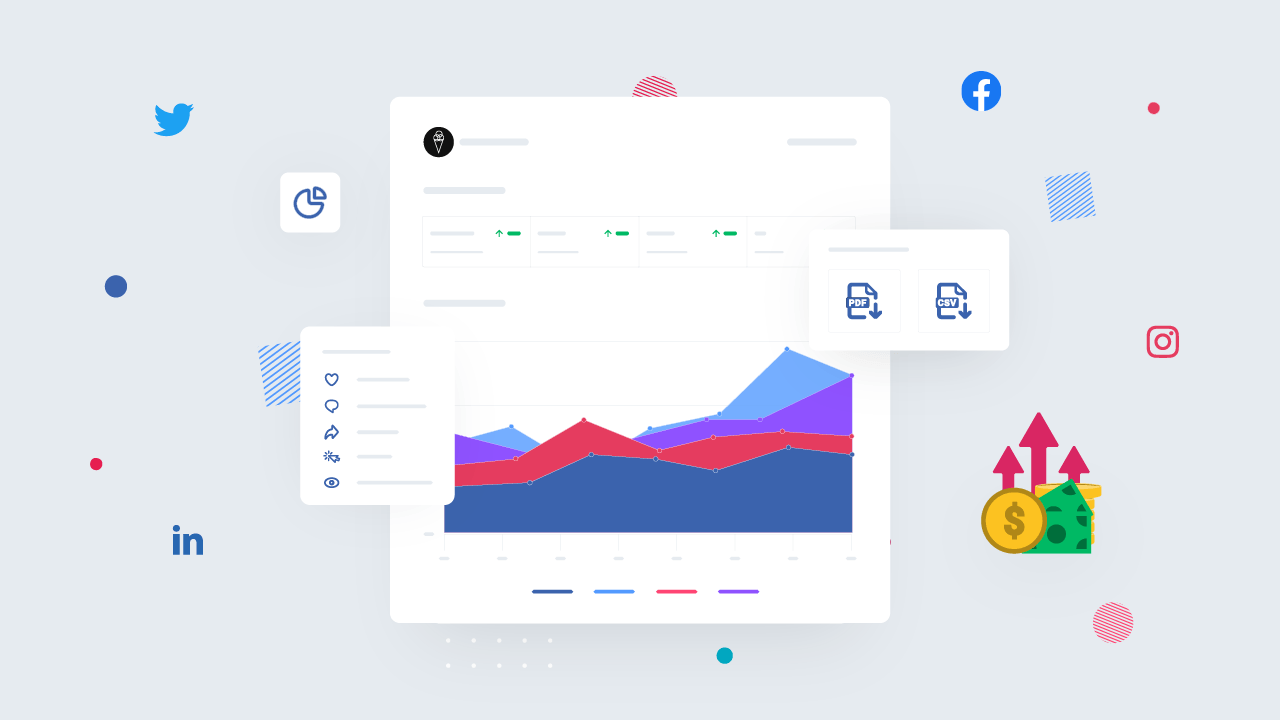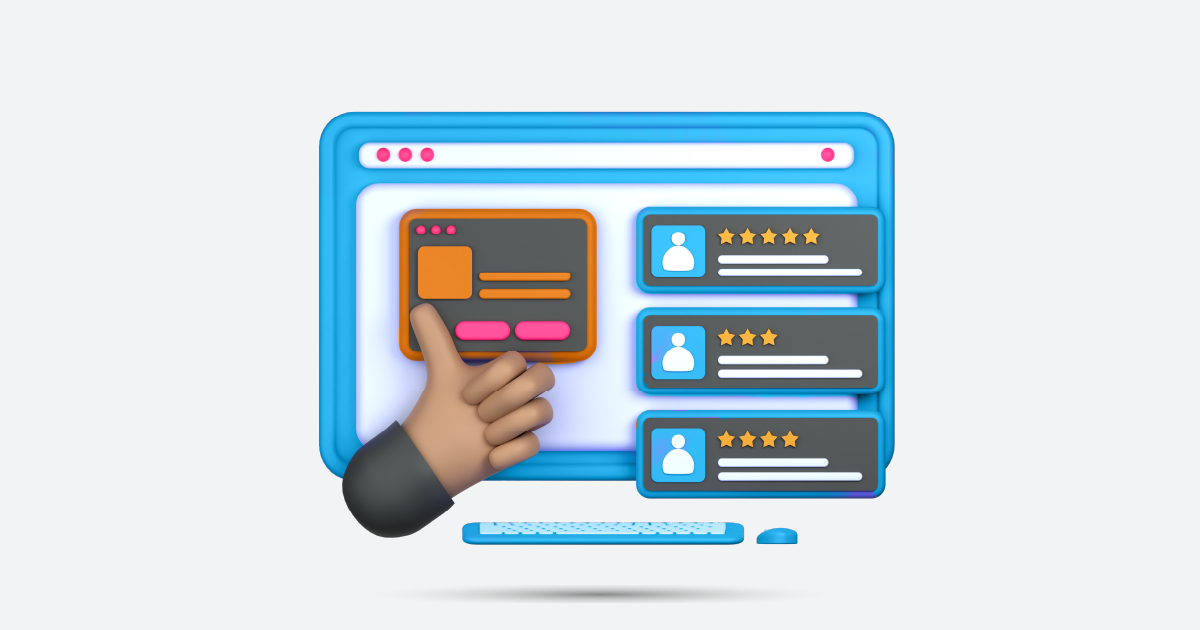In the ever-evolving digital landscape, staying attuned to the pulse of social media is crucial for businesses aiming to thrive in a competitive environment. Social listening monitoring has emerged as a powerful strategy that enables companies to understand their customers better, manage their brand reputation, and respond effectively to crises. This article explores the concept of social listening monitoring, its benefits, implementation steps, best practices, challenges, and future trends.
Understanding Social Listening Monitoring

Definition and Importance
Social listening monitoring involves the systematic tracking and analysis of conversations, mentions, and sentiments across social media platforms. It goes beyond simply monitoring mentions of a brand or its products, extending to understanding the broader context of conversations and consumer sentiment. By listening to what people are saying about a brand or industry, businesses gain valuable insights that inform decision-making processes and drive strategic initiatives.
How Does Social Listening Monitoring Work?
Social listening monitoring relies on advanced tools and technologies that gather data from various social media platforms and analyze it for patterns, trends, and sentiment analysis. These tools employ natural language processing (NLP) algorithms to interpret and categorize the vast amount of data generated on social media channels. By filtering relevant mentions and conversations, businesses can gain a comprehensive view of their online presence and consumer perception.
Benefits of Social Media Listening
Customer Insights and Market Research
- Social media listening monitoring provides businesses with a goldmine of customer insights. By analyzing conversations, businesses can identify emerging trends, consumer preferences, and pain points. This data serves as a valuable resource for market research, enabling businesses to tailor their products, services, and marketing strategies to meet customer demands effectively.
Brand Reputation Management
- Maintaining a positive brand reputation is crucial for long-term success. Social listening monitoring allows businesses to track mentions and sentiments around their brand, identify potential issues, and address them promptly. By actively engaging with customers and resolving concerns, businesses can foster trust and loyalty, ultimately strengthening their brand reputation.
Crisis Management
- In times of crisis, social media can amplify negative sentiments and escalate issues rapidly. Social listening monitoring enables businesses to detect and respond to crises in real time. By promptly addressing concerns and providing accurate information, companies can mitigate the impact of crises, protect their brand image, and maintain customer trust.
Identifying Influencers
- Influencer marketing has become a vital component of many marketing strategies. Social listening monitoring helps identify influential individuals who can advocate for a brand, reaching a broader audience and driving engagement. By leveraging the power of influencers, businesses can extend their reach and establish meaningful connections with their target audience.
Steps to Implement an Effective Social Listening Strategy

- Set Goals and Objectives
Before embarking on a social listening monitoring strategy, it is crucial to define clear goals and objectives. Determine what you aim to achieve, whether it’s gaining customer insights, improving brand sentiment, or identifying new opportunities. By setting specific and measurable goals, you can evaluate the effectiveness of your strategy. - Choose the Right Tools
Selecting the appropriate social listening monitoring tools is essential for success. Numerous tools offer a range of features, such as real-time tracking, sentiment analysis, and competitor analysis. Consider your business’s unique needs and budget to choose a tool that aligns with your goals. - Define Relevant Keywords and Hashtags
To effectively monitor conversations, define relevant keywords and hashtags related to your brand, products, industry, and target audience. This ensures that you capture relevant mentions and conversations that provide actionable insights. - Monitor and Analyze Conversations
Once you have set up your monitoring parameters, it’s time to gather and analyze the data. Monitor conversations across various social media platforms, track sentiment, and identify trends or patterns. This analysis helps you understand consumer sentiment and preferences, guiding your business decisions. - Take Action and Engage
Social listening monitoring is not just about observing; it’s about taking action. Use the insights gained to engage with your audience, respond to queries, address concerns, and participate in conversations. By actively engaging, you can foster positive relationships with your customers and build brand loyalty.
Best Practices for Social Media Listening
Monitor Multiple Channels
- Social media conversations occur on various platforms. To gain a comprehensive view, monitor multiple channels relevant to your business. This includes popular social media platforms, forums, blogs, review sites, and news websites. A multi-channel approach ensures you capture diverse opinions and sentiments.
Stay Proactive and Responsive
- Social listening monitoring is most effective when it’s proactive and responsive. Stay ahead of trends, respond promptly to mentions, and engage with your audience in real time. By being proactive and responsive, you demonstrate that you value customer feedback and are committed to providing exceptional experiences.
Integrate Social Listening with Other Marketing Efforts
- Integrating social listening with other marketing efforts enhances overall strategy. Combine social listening insights with market research, customer surveys, and user-generated content. This integration helps you create cohesive marketing campaigns that resonate with your target audience.
Collaborate with Different Departments
- Social listening monitoring should not be limited to the marketing department alone. Collaborate with other departments, such as customer service, product development, and sales. By sharing insights and collaborating, you can collectively drive business growth and customer satisfaction.
Overcoming Challenges in Social Listening
Dealing with Data Overload
- With the vast amount of data available, businesses may face challenges in processing and deriving meaningful insights. To overcome data overload, employ advanced analytics tools that can filter and categorize data effectively. Focus on relevant metrics and prioritize actionable insights.
Handling Negative Feedback
- Negative feedback is inevitable, and social listening monitoring can expose businesses to criticism. Embrace negative feedback as an opportunity to learn and improve. Respond empathetically, address concerns, and showcase your commitment to customer satisfaction. Turning negative experiences into positive ones can strengthen customer relationships.
Ensuring Data Privacy and Security
- Social listening monitoring involves handling sensitive data. Ensure you comply with privacy regulations and implement robust security measures to protect customer information. Transparency and trust are vital in maintaining strong customer relationships.
Future Trends in Social Media Listening

AI and Automation
- Artificial intelligence (AI) and automation are revolutionizing social listening monitoring. Advanced algorithms and machine learning enable more accurate sentiment analysis, automated response systems, and intelligent data filtering. AI-powered tools streamline the process and provide real-time insights.
Integration with Voice Assistants
- As voice assistants become increasingly popular, integrating social listening monitoring with voice search and voice-activated devices opens up new opportunities. Monitoring voice-activated conversations provides businesses with insights into user preferences, allowing them to tailor their offerings accordingly.
Real-Time Tracking and Reporting
- The future of social listening monitoring lies in real-time tracking and reporting. Businesses will have access to up-to-the-minute insights, enabling them to respond instantly to emerging trends or issues. Real-time tracking enhances agility and ensures timely decision-making.
Case Studies with Record-Breaking Results
1. Nike’s “Dream Crazy” Campaign
- Overview: Nike utilized social listening to gauge reactions to its “Dream Crazy” campaign featuring Colin Kaepernick. The campaign sparked widespread debate, with polarized opinions flooding social media.
- Results: By monitoring the sentiment and analyzing trending hashtags like #JustDoIt, Nike discovered that their core audience overwhelmingly supported the campaign, leading to a 31% boost in online sales within just a few days.
- Key Takeaway: Listening to consumer conversations in real time helped Nike reinforce its brand values and leverage the controversy to strengthen customer loyalty.
2. Netflix’s Content Strategy
- Overview: Netflix used social listening to identify trending topics and customer interests on social platforms. By analyzing discussions, memes, and reactions, Netflix pinpointed genres and themes audiences craved.
- Results: This insight led to the creation of hit shows like Stranger Things and The Queen’s Gambit, which resonated deeply with their audience and set streaming records.
- Key Takeaway: Understanding consumer sentiment and preferences through social media can guide content creation and drive unprecedented engagement.
3. Domino’s “Tweet-to-Order” Success
- Overview: Domino’s Pizza introduced a feature where customers could order by tweeting a pizza emoji. Social listening was crucial in identifying demand for simple, fast ordering systems.
- Results: Within the first week of the campaign, Domino’s experienced a significant surge in orders and positive mentions across platforms, cementing its image as a tech-savvy brand.
- Key Takeaway: Leveraging social listening to identify consumer pain points can inspire innovative solutions that capture public interest.
Influencer Tweets and Quotes
- Gary Vaynerchuk (@garyvee)
“Listening is the foundation of all great marketing. If you’re not paying attention to what your customers are saying on social, you’re already losing the game.” - Mari Smith (@MariSmith)
“Social listening isn’t just about tracking mentions—it’s about discovering stories and opportunities in the noise. Find what resonates, and you win hearts.” - Jay Baer (@jaybaer)
“If you’re not using social listening tools to uncover customer sentiment, you’re missing the chance to make data-driven decisions that truly matter.” - Ann Handley (@MarketingProfs)
“Your audience is telling you exactly what they want—every tweet, post, and comment. Social listening is your secret weapon to give them exactly that.”
Conclusion
In conclusion, social media listening is a powerful strategy that enables businesses to gain valuable insights, manage their brand reputation, and respond effectively to customer needs. By actively listening to conversations across social media platforms, businesses can make informed decisions and drive strategic initiatives.
To harness the full potential of social listening monitoring and experience its benefits firsthand, consider partnering with AIM Technologies. AIM Technologies offers advanced social listening tools and analytics solutions that can help you unlock actionable insights from online conversations. Request a demo today and discover how AIM Technologies can empower your business.




